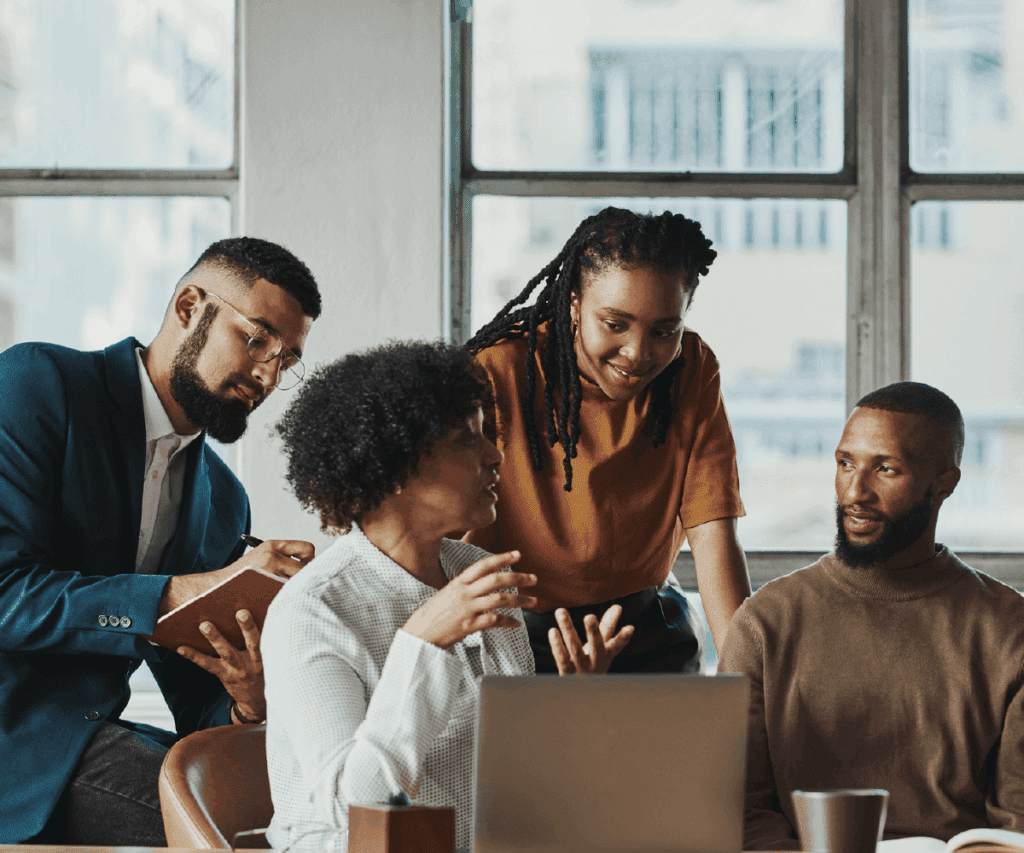Nonprofit organizations have an array of communication channels at their disposal, including direct mail, email, social media, and digital ads. However, for that very reason, it can be difficult to determine which channels are most impactful for engaging each organization’s supporters.
To reach as many supporters as possible, you might consider leveraging multiple channels through omnichannel or multichannel marketing. While they might sound similar, there are key differences between these two strategies that can impact the success of your outreach efforts. In this article, we’ll explore the differences between omnichannel vs. multichannel marketing and compare the effectiveness of each.
Defining omnichannel vs. multichannel marketing
Multichannel marketing
Multichannel marketing can be thought of as a static, linear strategy that begins with a nonprofit’s brand and moves outward to their communication channels. It involves disseminating a similar message across a variety of communication channels, including websites, email, social media, direct mail, and mobile messaging, to name a few. The primary goal of multichannel marketing is to allow multiple touchpoints for interaction between nonprofits and their supporters.
Omnichannel marketing
Omnichannel marketing is a complex strategy used to provide audiences with a seamless, unified experience across all communication channels, both online or offline. It takes into account which channel a person is using at a given time and their current level of engagement. For example, you might send a donor an email reminding them to complete their gift after they browsed your website and abandoned their donation form.
By using an omnichannel strategy, nonprofits can better track donor behavior and preferences, then tailor their communications accordingly.
What are the differences between omnichannel vs. multichannel marketing?
Omnichannel and multichannel marketing are often used interchangeably. However, there are important differences between the two. While both strategies leverage multiple channels for outreach, the distinguishing factor lies in their respective messaging.
In a multichannel approach, the message between each channel remains largely unchanged. This means that if a supporter sees messaging from multiple channels it may be duplicative, rather than building on itself and moving them further along the donor journey. With an omnichannel approach, the messaging meets the audience where they are, which not only includes which channel they’re using, but also which particular stage of the donor journey they’re at.
Simply put, multichannel marketing is talking to your supporters, while omnichannel marketing is having an active conversation with your supporter.
Should nonprofits use omnichannel or multichannel marketing?
Think of omnichannel marketing as an evolution. Technology has allowed us to develop capabilities beyond the limited approach of multichannel marketing, scaling up our efforts with deeper personalization. We can clearly see this through the perspective of the prospective donor: if you received the same message over and over again, especially if it’s a message that you didn’t particularly resonate with, you might end up feeling disconnected and disengaged.
The numbers show that omnichannel marketing matters when it comes to preventing donor fatigue and keeping supporters engaged. Instead of disrupting their journey, marketing teams and fundraisers should commit to observing, understanding, and anticipating who the supporter is, what steps they’ve taken on their specific journey, and where they’re trying to go.
At each touchpoint, an omnichannel campaign updates its messaging based on how the audience engages. This method provides information that is both relevant and convenient, which is useful in eliminating barriers between a potential supporter and your organization.
Through active listening and omnichannel marketing, nonprofits can empower themselves with the game-changing advantage of incorporating a detailed level of personalization for each supporter. This personalization emphasizes the experience of the individual—which is more challenging using the multichannel model.
Next steps: Decide between omnichannel vs. multichannel marketing
Now that you know the difference between omnichannel vs. multichannel marketing, you can choose the strategy that best aligns with your goals and begin optimizing supporter engagement.




